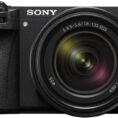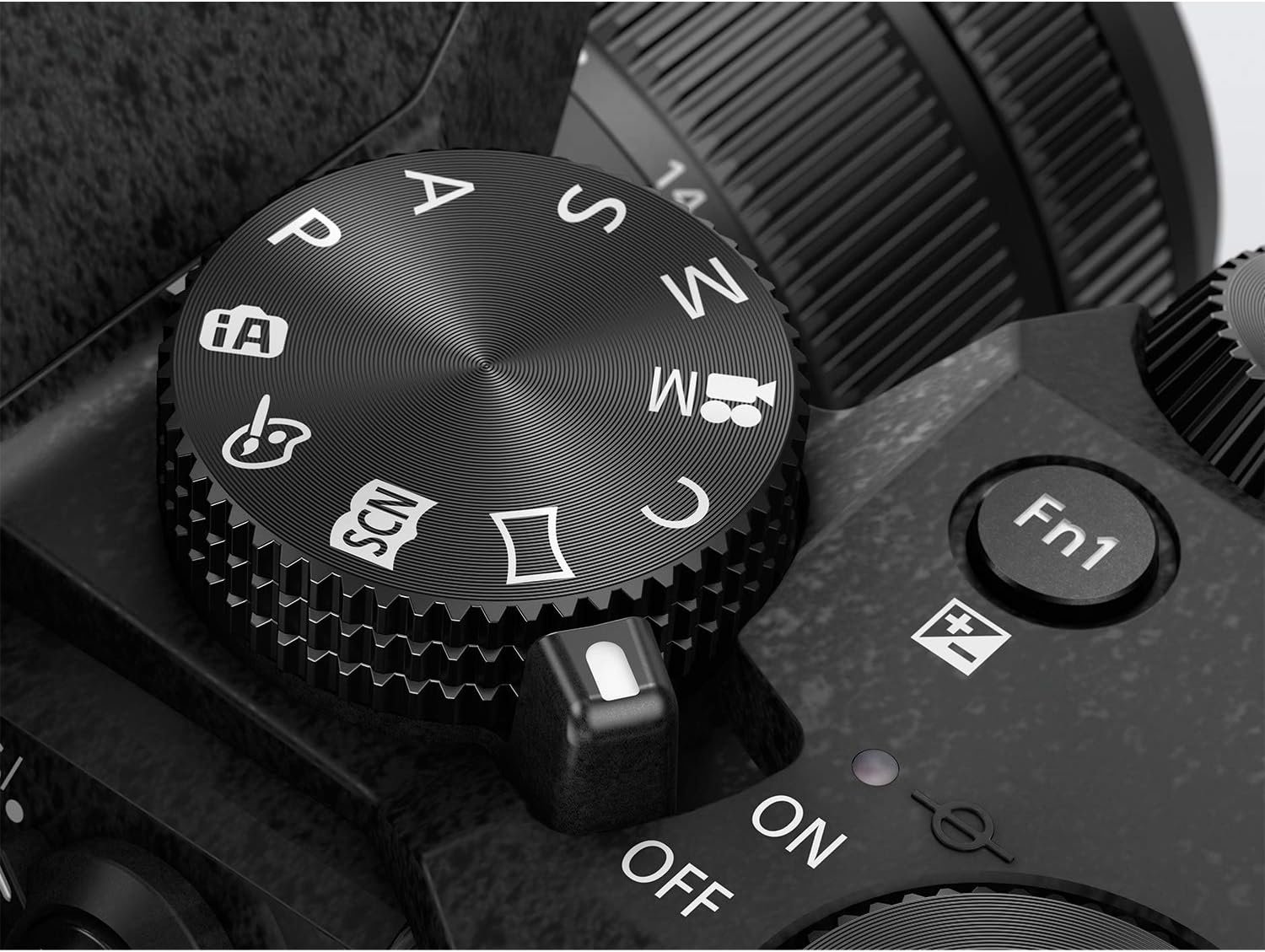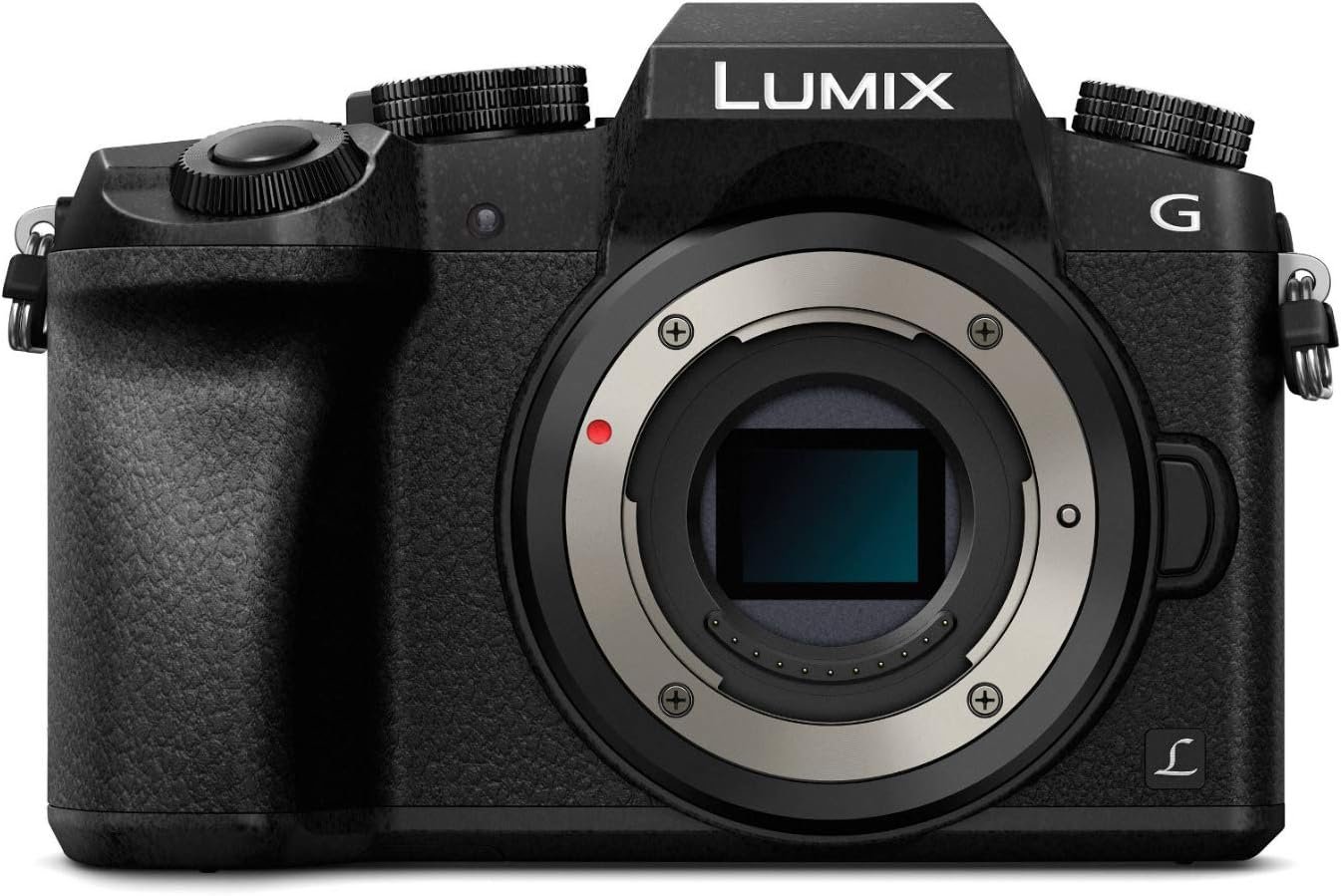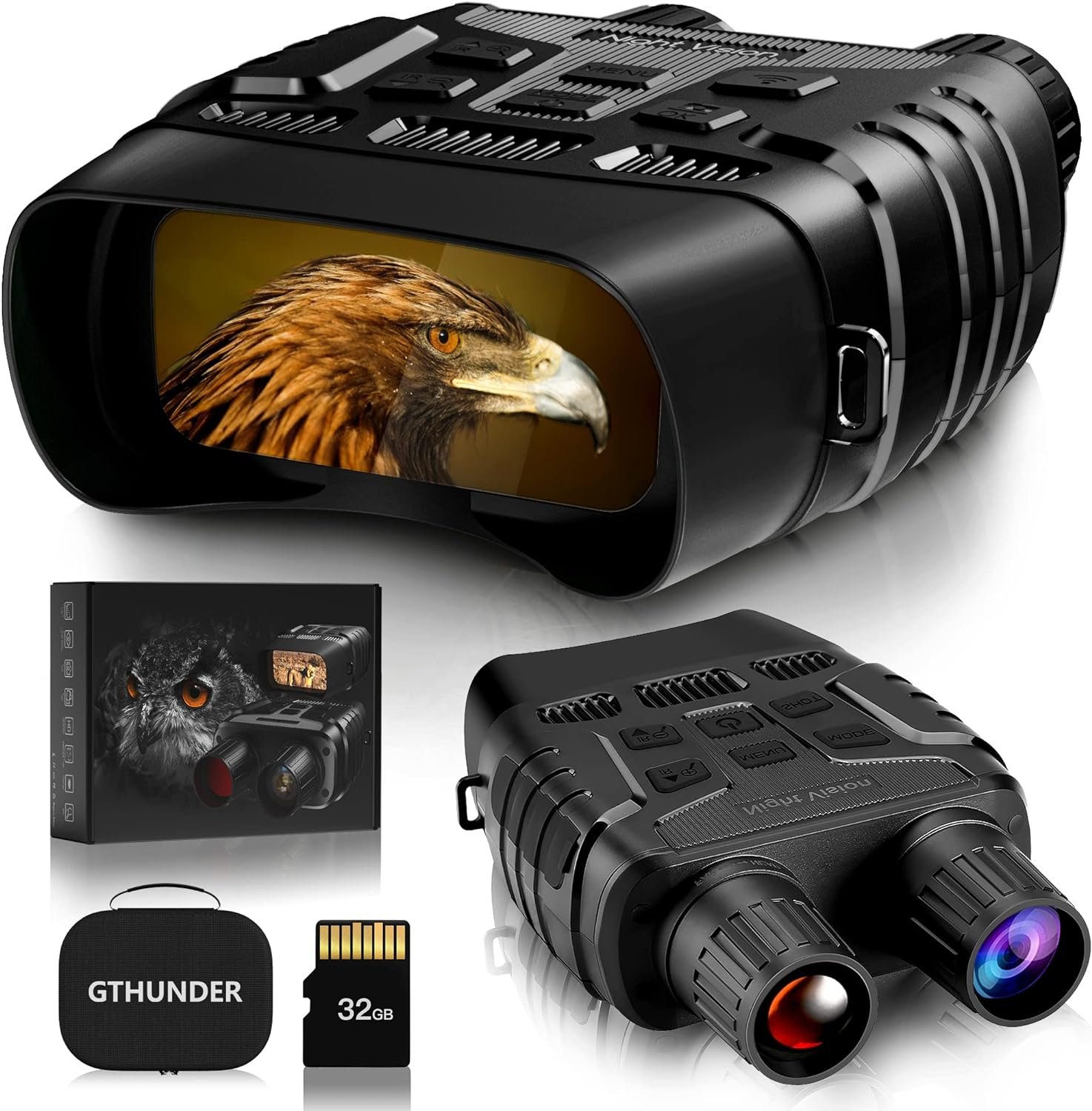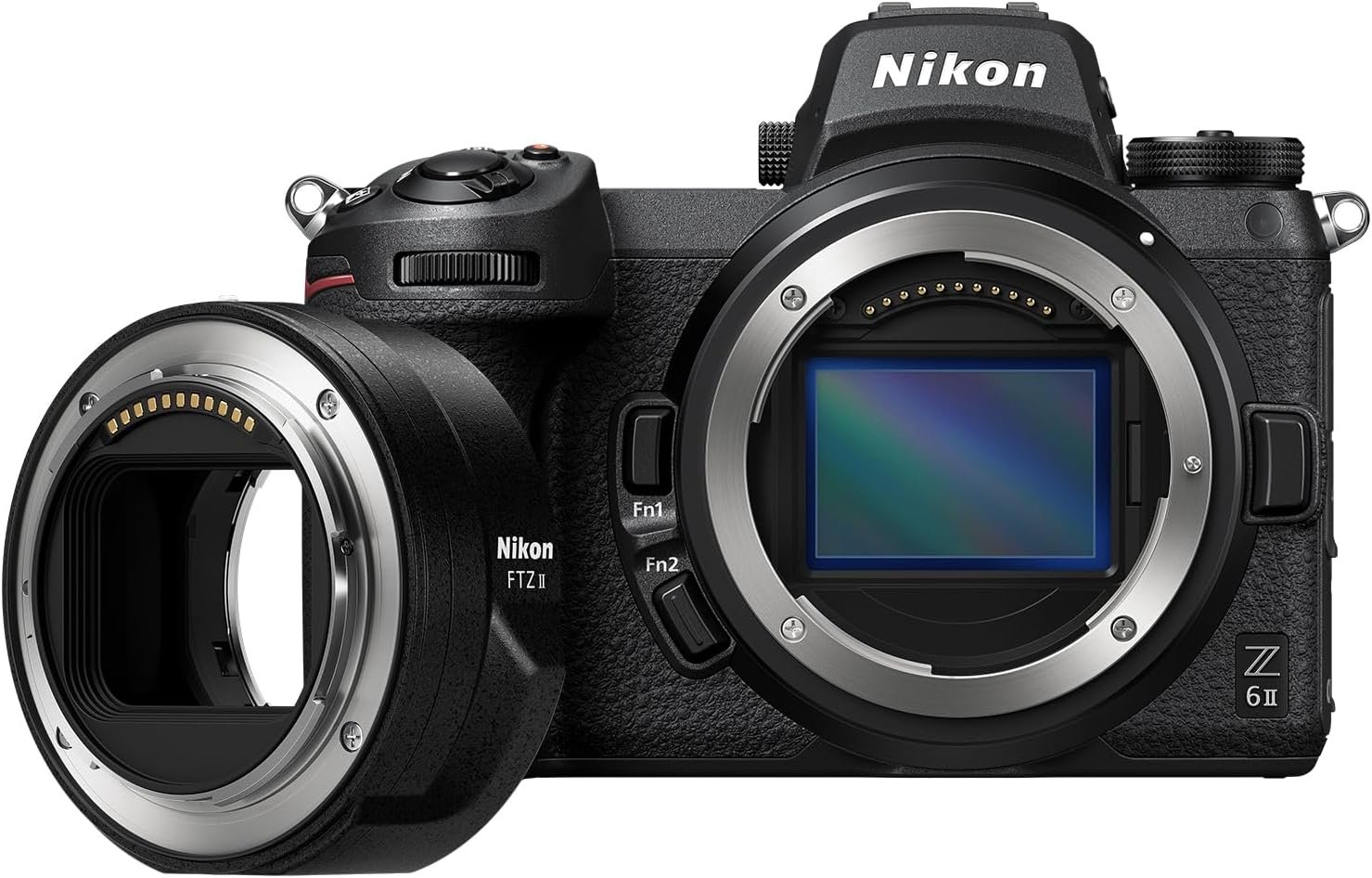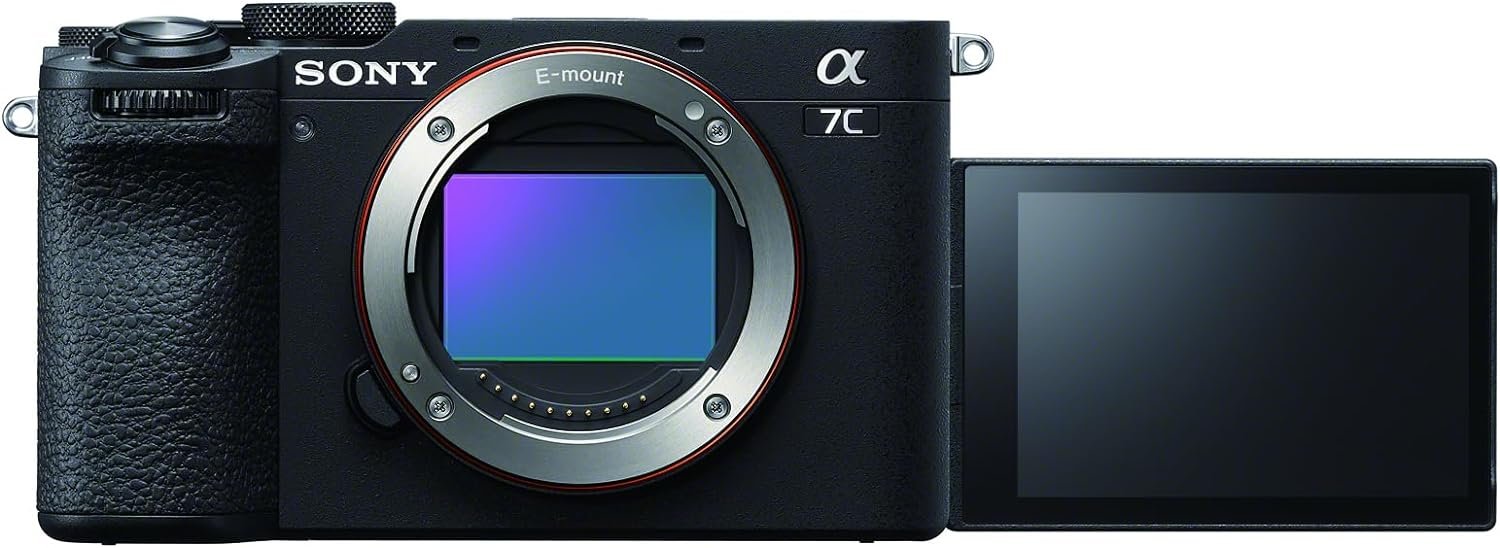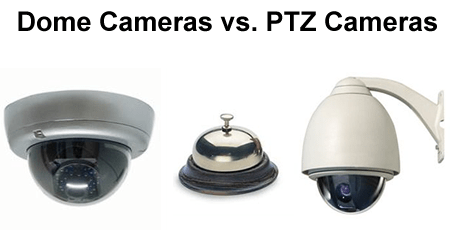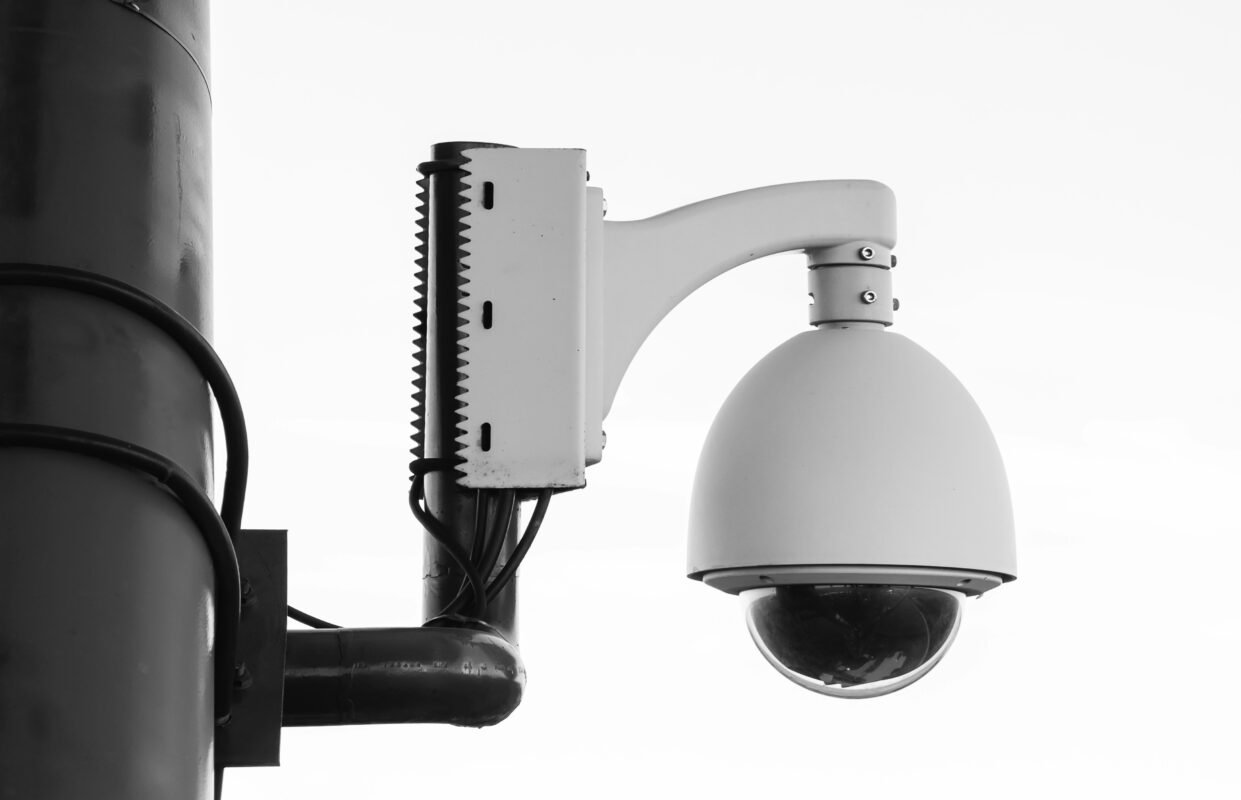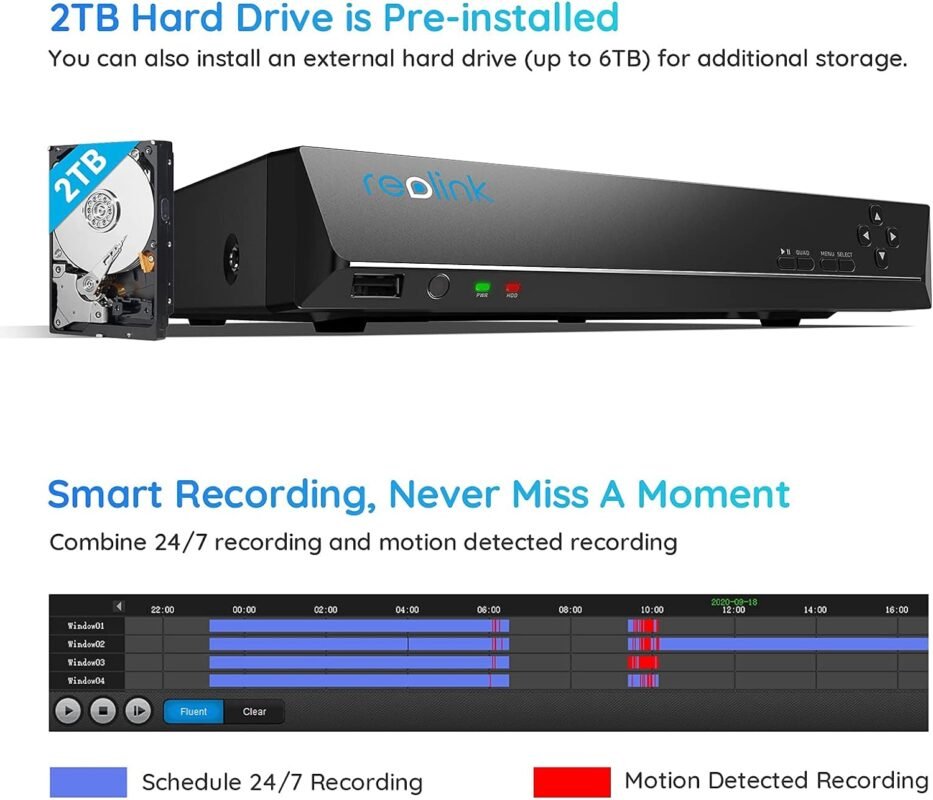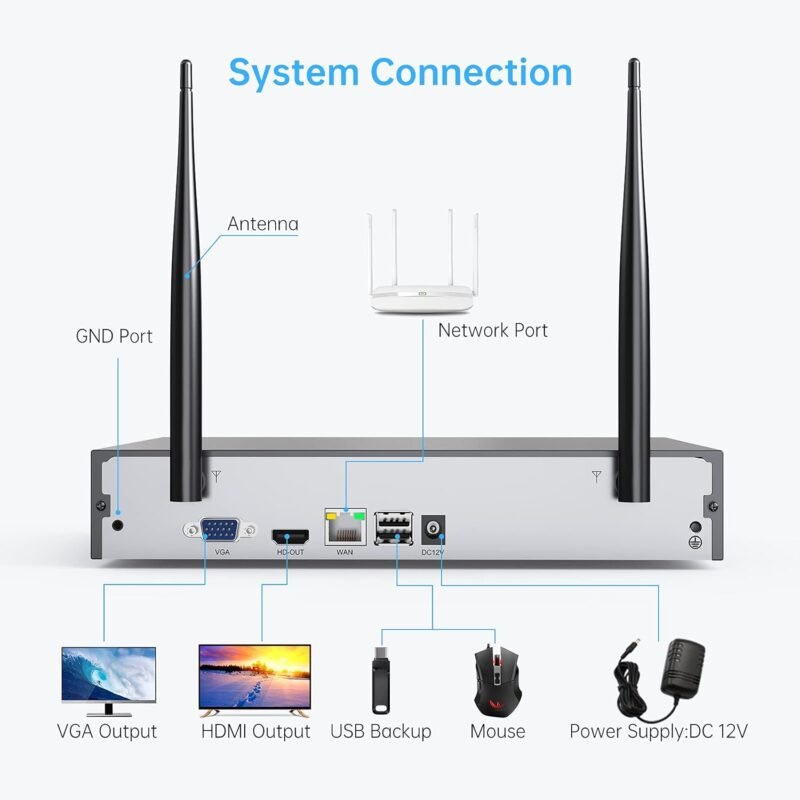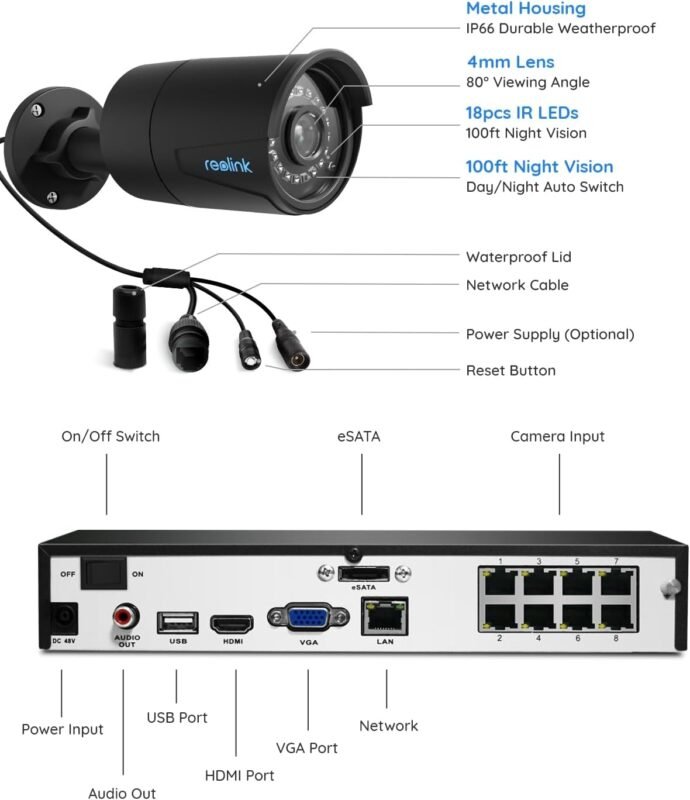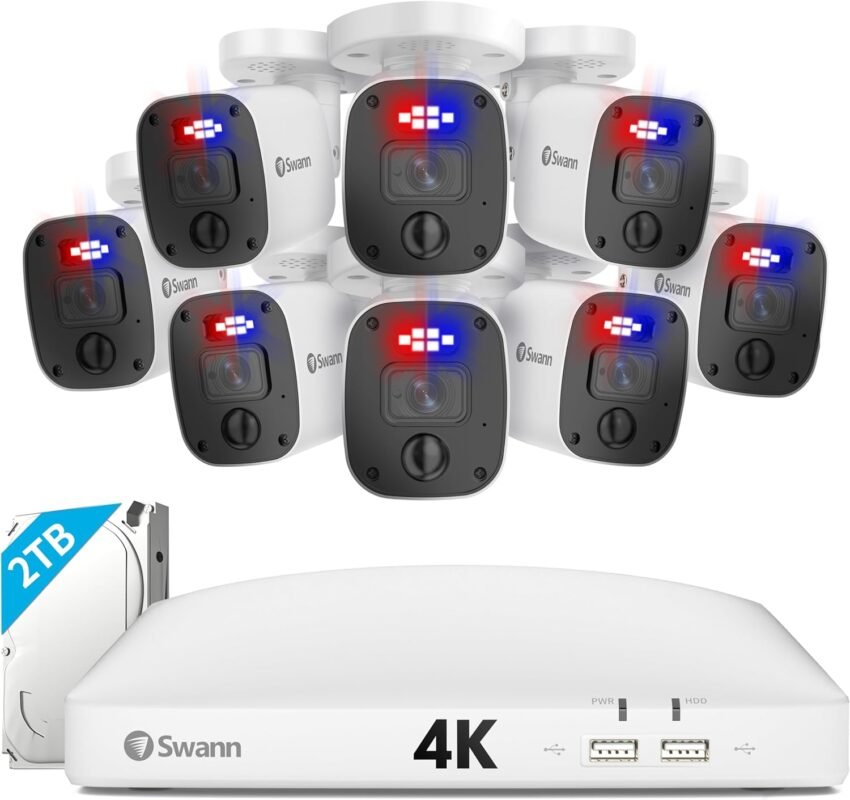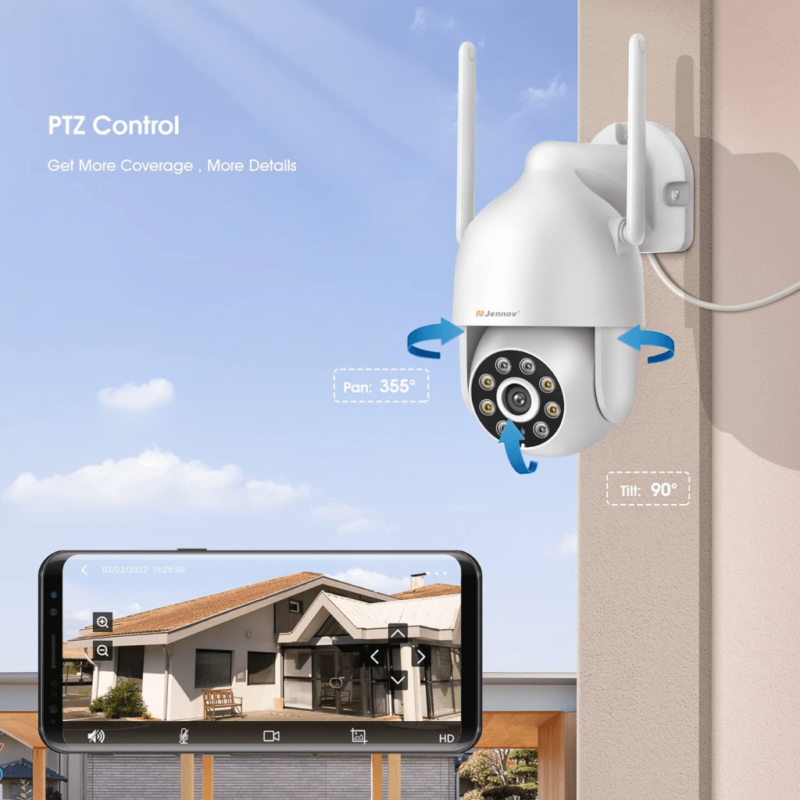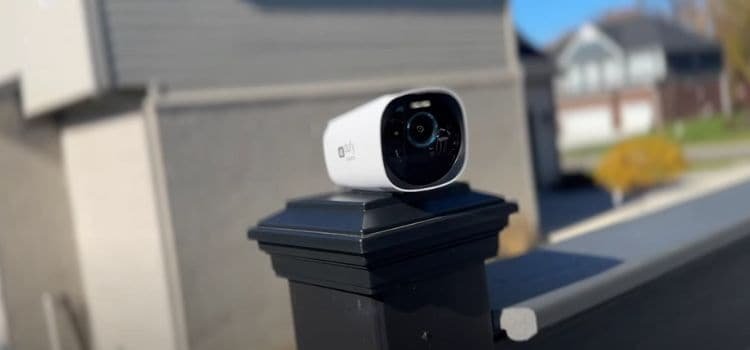In the world of security cameras, understanding the difference between a PTZ (pan-tilt-zoom) and fixed camera is crucial in selecting the right option for your surveillance needs. While fixed cameras are stationary and provide a consistent field of view, PTZ cameras offer the ability to pan, tilt, and zoom for greater coverage and flexibility. Whether you’re looking to monitor a large area or require adjustable focus on specific points, knowing the distinctions between these two types of cameras will help you make an informed decision to enhance your security system. What Is The Difference Between A PTZ And Fixed Security Camera?
Have you ever wondered about the difference between a PTZ (pan-tilt-zoom) and a fixed security camera? If you’re in the market for a security camera system, you may be confused about which type would best suit your needs. Let’s break down the differences between these two types of security cameras to help you make an informed decision.
PTZ (Pan-Tilt-Zoom) Security Cameras
PTZ cameras are known for their ability to pan (move horizontally), tilt (move vertically), and zoom in on specific areas. These cameras are popular in high-security areas such as airports, casinos, and government buildings.
If you’re looking for a security camera that can actively track and monitor a specific person or object, a PTZ camera is the way to go. These cameras can be controlled remotely to follow movement, zoom in for a closer look, and provide detailed footage.
Advantages of PTZ Cameras
PTZ cameras offer several advantages over fixed security cameras. Here are some key benefits of PTZ cameras:
- Versatility: PTZ cameras can rotate 360 degrees horizontally and 90 degrees vertically, providing a wide range of coverage.
- Zoom Capabilities: PTZ cameras allow for optical zoom, which means you can zoom in on specific areas without losing image quality.
- Motion Tracking: PTZ cameras can be set to automatically track moving objects, making them ideal for active surveillance.
- Remote Control: PTZ cameras can be controlled remotely, allowing you to adjust the camera’s position, zoom, and focus as needed.
Disadvantages of PTZ Cameras
While PTZ cameras offer many advantages, there are also some drawbacks to consider:
- Cost: PTZ cameras are generally more expensive than fixed cameras due to their advanced features and capabilities.
- Mechanical Parts: PTZ cameras have more moving parts, which can increase the risk of mechanical failure.
- Limited Field of View: PTZ cameras may not provide the same wide field of view as fixed cameras, especially when zoomed in on a specific area.
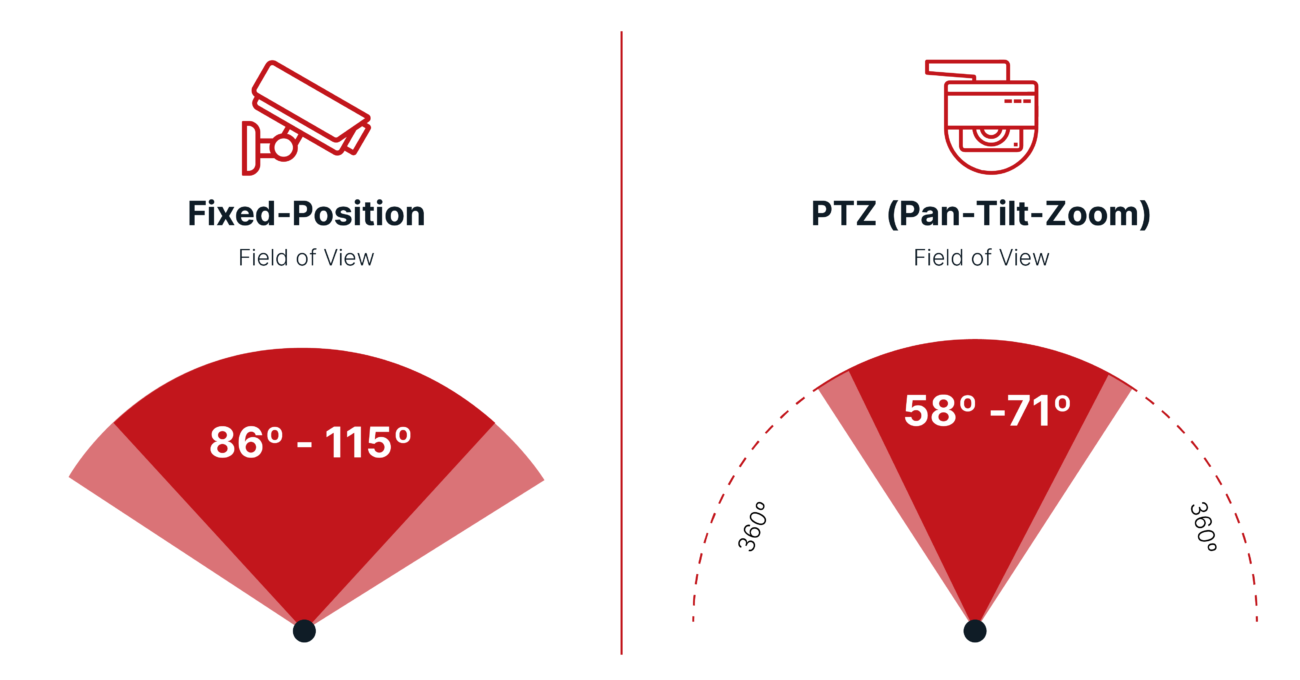
This image is property of evercam.com.
Fixed Security Cameras
Fixed security cameras, as the name suggests, are stationary cameras that do not have pan-tilt-zoom capabilities. These cameras are commonly used for general surveillance in both indoor and outdoor environments.
If you are looking for a security camera that provides continuous monitoring of a specific area without the need for manual adjustment, a fixed camera may be the best choice. Fixed cameras are easy to install and require minimal maintenance compared to PTZ cameras.
Advantages of Fixed Cameras
Fixed security cameras offer several advantages that make them a popular choice for many applications. Here are some key benefits of fixed cameras:
- Affordability: Fixed cameras are generally more cost-effective than PTZ cameras, making them a budget-friendly option for small businesses and residential use.
- Reliability: Fixed cameras have fewer moving parts, which reduces the risk of mechanical failure and maintenance requirements.
- Wide Field of View: Fixed cameras typically provide a wider field of view than PTZ cameras, making them ideal for monitoring large areas.
Disadvantages of Fixed Cameras
While fixed cameras have many advantages, there are also some limitations to consider:
- Limited Flexibility: Fixed cameras do not have the ability to pan, tilt, or zoom, so they may not be suitable for monitoring moving objects or tracking specific areas.
- No Zoom Capabilities: Fixed cameras do not offer zoom capabilities, which can limit the level of detail captured in the footage.
- Manual Adjustment: Fixed cameras require manual adjustment during installation to ensure they are positioned correctly to capture the desired area.
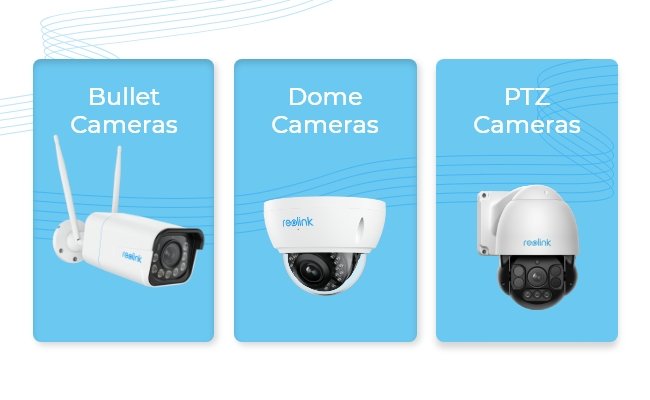
This image is property of home-cdn.reolink.us.
How to Choose Between a PTZ and Fixed Camera
When deciding between a PTZ and fixed security camera, there are several factors to consider to ensure you choose the right option for your needs. Here are some key considerations to keep in mind:
Purpose of Surveillance
Consider the purpose of your surveillance system and what you hope to achieve with it. If you need to actively monitor specific areas or track moving objects, a PTZ camera may be the best choice. If you simply need to monitor a general area or deter potential intruders, a fixed camera may be more suitable.
Budget
Determine your budget for a security camera system, including both the initial cost of the cameras and any ongoing maintenance expenses. PTZ cameras are typically more expensive than fixed cameras, so make sure to factor in the cost when making your decision.
Coverage Area
Consider the size and layout of the area you need to monitor. If you require a wide field of view or need to monitor multiple areas, a fixed camera with a wide-angle lens may be the best option. If you need to focus on specific areas or track movements, a PTZ camera may be more suitable.
Installation and Maintenance
Think about the installation and maintenance requirements of the cameras. Fixed cameras are generally easier to install and require less maintenance than PTZ cameras. If you have limited resources or technical expertise, a fixed camera may be a more practical choice.
Integration with Other Systems
Consider how the security cameras will integrate with any existing surveillance systems or software you have in place. Some PTZ cameras offer advanced features such as motion tracking and automatic alerts, which may be beneficial if you have a more complex surveillance setup.
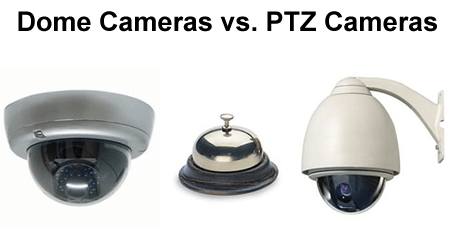
This image is property of www.getscw.com.
Conclusion
In conclusion, the main difference between a PTZ and fixed security camera lies in their capabilities and functionality. PTZ cameras offer flexibility, zoom capabilities, and active monitoring, making them ideal for high-security applications. Fixed cameras, on the other hand, provide continuous monitoring, wide coverage, and affordability, making them a popular choice for general surveillance.
When choosing between a PTZ and fixed camera, consider the purpose of surveillance, your budget, the coverage area, installation and maintenance requirements, and integration with other systems. By carefully evaluating these factors, you can select the security camera system that best meets your needs and provides peace of mind for your home or business.
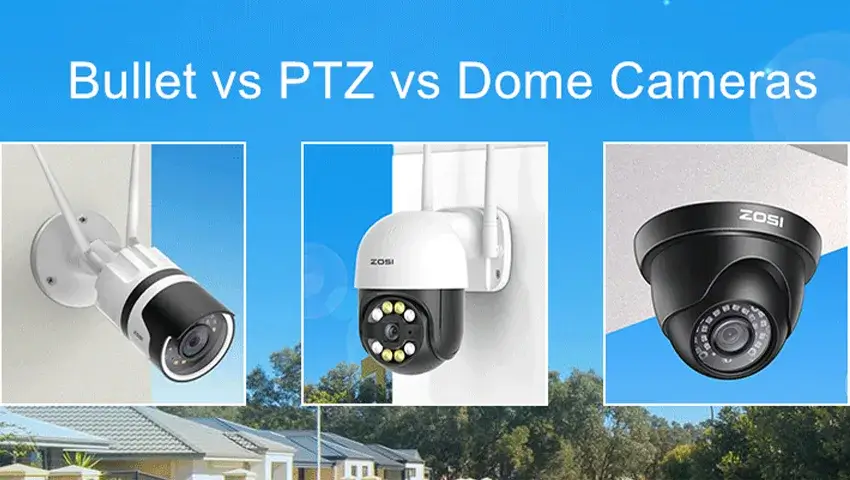
This image is property of blog.zositech.com.



